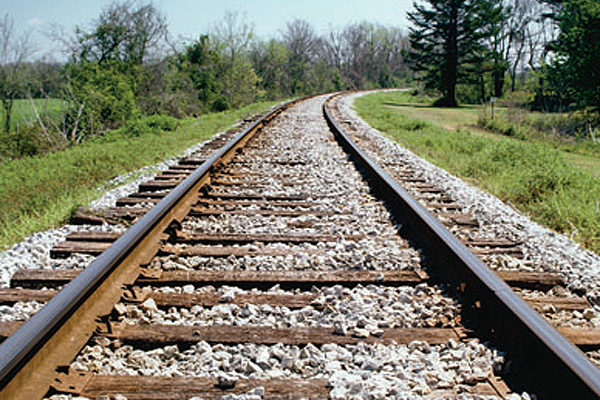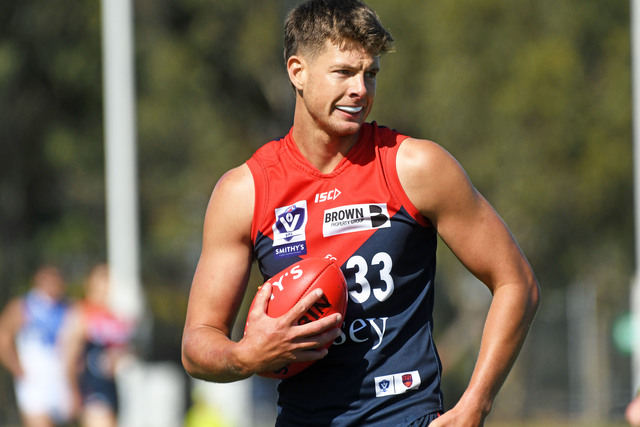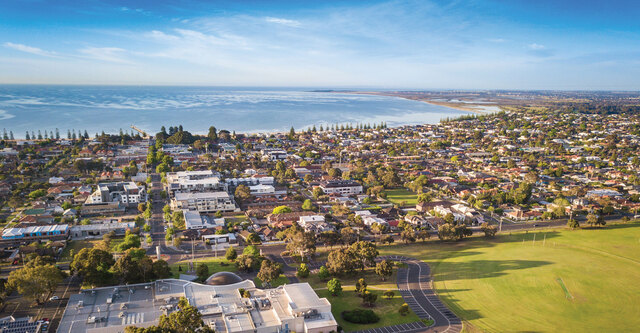INVESTMENT in public transport will need to triple if Melbourne’s trains, trams and buses are to cope with a boom in patronage in the next decade, a report states.
Victorian Auditor-General Des Pearson’s report into public transport performance concluded that the Department of Transport was not prepared for strong growth in patronage between 2004 and 2009, which led to a deterioration in customer satisfaction and performance in all modes of transport.
Growth in public transport patronage is forecast to surge by 36per cent by 2021 and without long-term strategies to cope, the department and operators are bound to repeat past failures. Passenger numbers on train lines serving the west and north are expected to double by 2021. City-wide, tram patronage is expected to grow by almost 50per cent, while bus passengers will increase by 40per cent by 2021.
The report put the cost of catering for that growth at about $30billion, requiring a tripling of annual spending to about $3billion.
Highlighting the flaws in managing the system over the past decade, the Auditor-General stated: “Performance against other public transport objectives, including accessibility, sustainability and co-ordination, has not been as well monitored or managed. The department is making progress but needs to further develop its plans to both measure and deliver outcomes in these areas.”
In some cases, performance monitoring was poor or non-existent.
The report stated twice-yearly train-loading surveys at CBD stations and surveys of trams at stops where overcrowding had been observed gave a “snapshot of overcrowding but (were) insufficient to measure passengers’ day-to-day experience of crowding”. Performance measures for buses also fell short of expectations.
The twice-yearly train-loading surveys at CBD stations trams surveyed at stops where overcrowding has been observed gave a “snapshot of overcrowding but are insufficient to measure passengers’ day-to-day experience of crowding,” the report stated, while bus performance measures currently fell short of expectations.
The fact that less than 60 per cent of buses connected with a train service on 14 of the 22 train lines surveyed in the report highlighted the “insufficient attention paid to co-ordination”.
A DoT spokesman said in a statement the Auditor-General “praised the department for developing an effective planning framework for forecasting and managing current and future performance, with a focus on co-ordination”.
“The Auditor-General has also noted efforts from the department to publish more information to the public including summaries of train-load standards.
He said a “bus tracker system” using GPS technology would help measure bus service performance, which would be used to improve timetables.
He said crowding on peak-period trains had significantly declined over the past two years and DoT was investigating further ways of measuring overcrowding and standing times on various services.
“A new body, Public Transport Victoria, will be a one-stop-shop for all public transport planning and development and will ensure there’s a co-ordinated approach to transport planning.”







